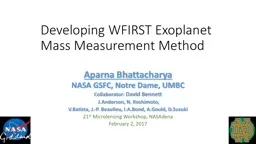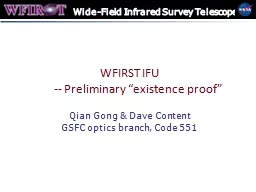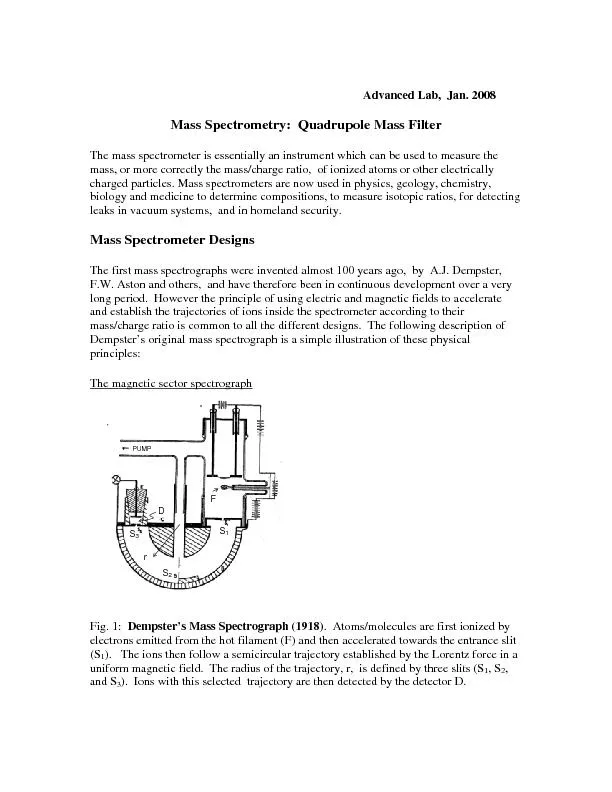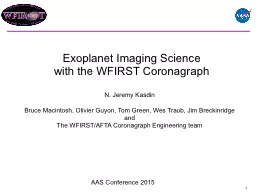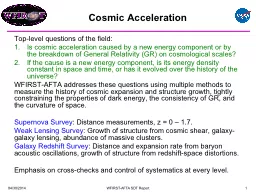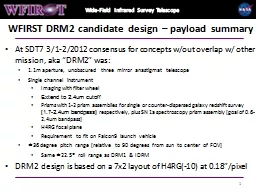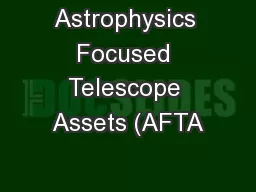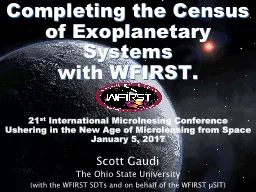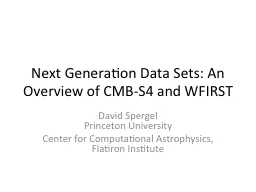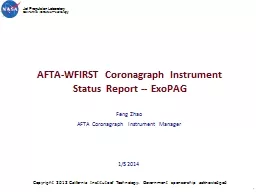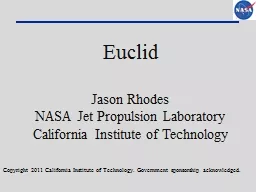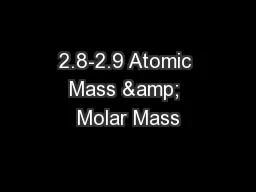PPT-Developing WFIRST Exoplanet Mass
Author : trish-goza | Published Date : 2017-05-19
Measurement Method Aparna Bhattacharya NASA GSFC Notre Dame UMBC Collaborator David Bennett JAnderson N Koshimoto VBatista JP Beaulieu IABond AGould
Presentation Embed Code
Download Presentation
Download Presentation The PPT/PDF document "Developing WFIRST Exoplanet Mass" is the property of its rightful owner. Permission is granted to download and print the materials on this website for personal, non-commercial use only, and to display it on your personal computer provided you do not modify the materials and that you retain all copyright notices contained in the materials. By downloading content from our website, you accept the terms of this agreement.
Developing WFIRST Exoplanet Mass: Transcript
Download Rules Of Document
"Developing WFIRST Exoplanet Mass"The content belongs to its owner. You may download and print it for personal use, without modification, and keep all copyright notices. By downloading, you agree to these terms.
Related Documents

